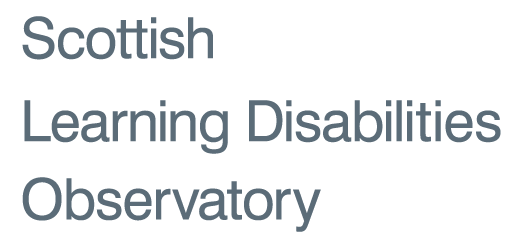Prevalence of toothlessness in people with learning disabilities

Background
Good oral health is fundamental to general health, wellbeing and quality of life. Despite this, adults with learning disabilities may have poorer oral health compared to the general population. This is a preventable prevalent problem; personalised care and good oral hygiene can combat the two main dental problems (tooth decay and gum disease). This study investigated the prevalence of edentulousness (no natural teeth) in adults with learning disabilities and associated factors.
What we did
560 adults with learning disabilities had an oral health exam between 2004-2006. The results for the number of teeth were compared to general population data from the Scottish Health Survey of 2008. Demographic and clinical factors considered were: sex, age, level of learning disabilities (mild/ moderate/ severe/ profound), accommodation type (lives with family carer/ independently/ paid support/ congregate setting), Down Syndrome, Autistic Spectrum Disorder, problem behaviour, and whether the individual was taking medication (antipsychotic, antiepileptic).
What we found
Having no natural teeth increased as adults aged, but this was consistently higher for those with learning disabilities. There was a widening inequity with progressive age groups: for the 35-44 year olds 21% of adults with learning disabilities had no teeth, compared to 1% of the general population, for the 65-74 year olds this group difference was 77% vs. 22%. Having no natural teeth was more likely for people with more severe learning disabilities; taking antipsychotic medications and living in more deprived neighbourhoods.
What this means
Many adults with learning disabilities have no natural teeth and need supported daily care to reduce the need for extractions. Personalised support in good oral hygiene would improve the poor oral health experienced by adults with learning disabilities.
The original publication associated with this research can be found here.
For more information on this research, please contact Dr Deborah Kinnear
Updated 12 September 2020
